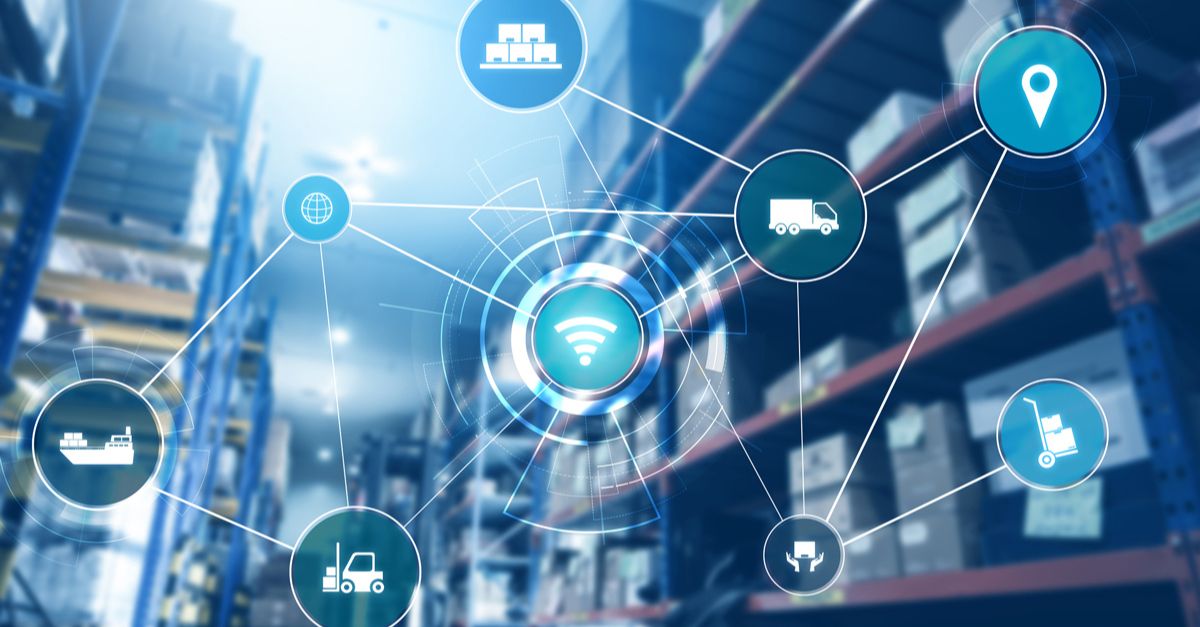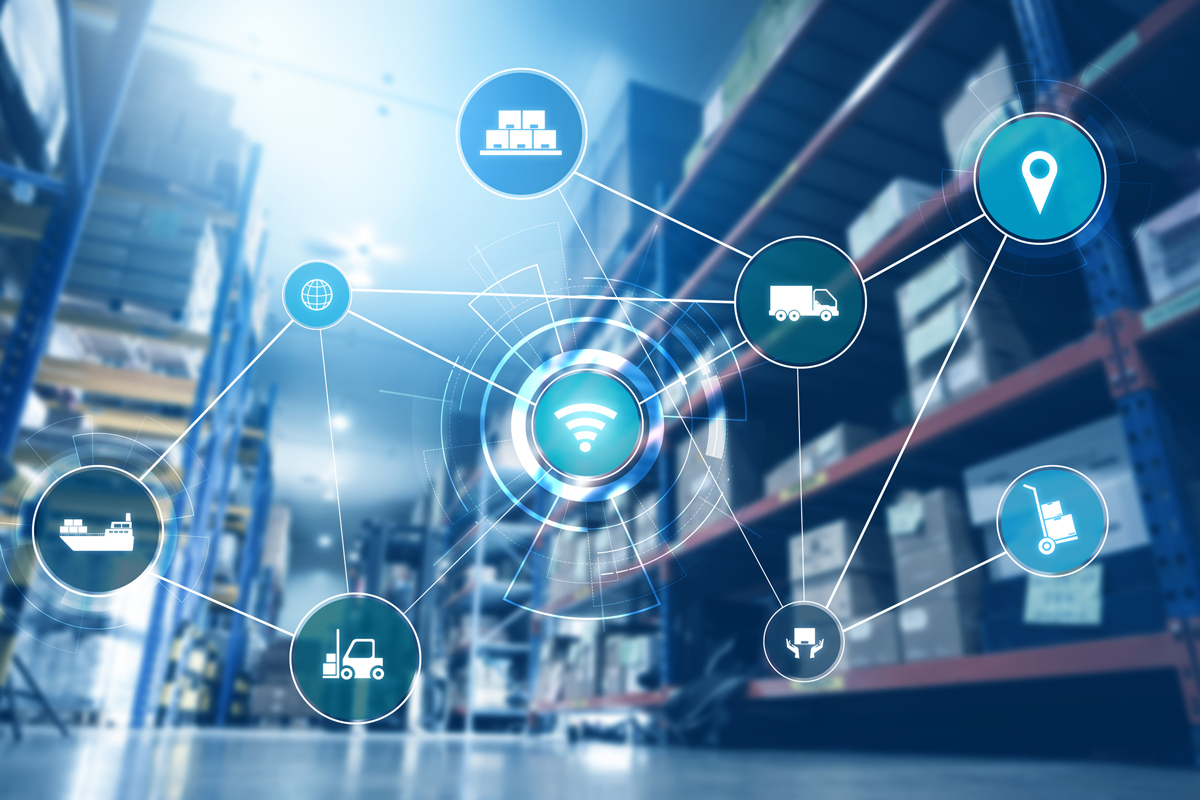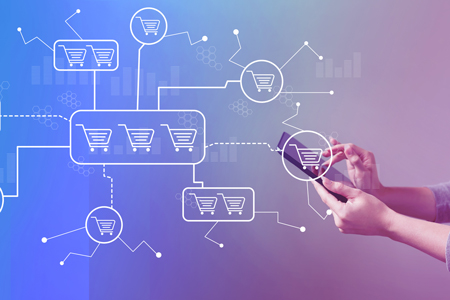
Industry Experts Agree that Artificial Intelligence is the Answer to Retail Supply Chain Challenges

Industry Experts Agree that Artificial Intelligence is the Answer to Retail Supply Chain Challenges
For the first time in many decades, Americans are experiencing scarcity.
Aptly describing our current consumer and retail environments, the impact of this quote was pervasive throughout a conference I recently attended where industry insiders and experts discussed CPG and retail supply chain challenges.
Hosted by the AI (Artificial Intelligence) Business Consortium at the Loyola University of Chicago Quinlan School of Business, the theme of the conference was “Designing Flexibility to Address Uncertainty in the Supply Chain with AI.”
As I commented to numerous Parker Avery colleagues, it was the most informative conference I have attended in my 25 years of attending such events. The conference was composed of multiple panels made up of senior management attendees from supply chain, fulfillment, planning, and analytics from some of the most prominent names in retail, CPG, and logistics. Representing brands such as Dollar General, Kohls, and Walgreens, these speakers and attendees are on the front lines of dealing with the supply chain issues that plague our industry. This event was not about people getting together and geeking out about algorithms. The focus was on how AI can help retail and CPG companies make better decisions at the executive level to combat retail supply chain challenges that are resulting in out of stocks, overstocks, and wildly misaligned assortments.
The largest retailers have come to understand that supply chain disruptions are a part of our everyday lives for the foreseeable future. Once deemed unpredictable, supply chain disruptions are now a part of the normal business cycle. The focus has shifted to identifying the company’s exposure to volatility and determining the appropriate mitigation approach. As a key part of this new mindset, leading retailers are now more focused on incorporating AI for the early detection of supply chain disruptions. They are particularly sensitive to their exposure to disruptions of high-margin items.
I was pleasantly surprised by how actively senior executives from planning, pricing, and fulfillment are involved in the process. The question becomes, “How do we shape demand to mitigate supply chain issues?” This could mean data-driven modifications to price, promotion, placement, etc. Dealing with retail supply chain challenges has become a cross-functional task. Other key questions include:
- Do we have comparable items that can fill the gap?
- Do we have alternative suppliers that can meet demand?
Regardless of the mitigation strategy, the key to winning in today’s volatile environment is detecting the issue as early as possible and attacking the problem with a concerted cross-functional approach. The ability to make sequential decisions in near real-time across functions requires a demand signal that is surfaced to each area in its own metric across time. The effects of demand shaping on dollars, units, cartons, man-hours, turns, and other metrics across channels must be visible to the entire organization to collaborate effectively in today’s environment.
The other subtle takeaway for me was that AI is now fully integrated into the language of business discussion across leading retail and CPG organizations. Artificial intelligence has left the analytics closet where data scientists build their models. Executives across merchandising, planning, and supply chain are talking about reinforcement learning (RL) and other AI methods. They have long ago stopped accepting the black-box approach and are no longer even satisfied with a “magic model” from analytics. Indeed, they have a strategic need to understand the real drivers of the analytics models. A few leading retailers have already incorporated RL and AI into demand planning for select markets.
The next few years are going to bring an acceleration of mainstreaming of AI into retail business processes. And while advances like reinforcement learning and anomaly detection will propel the impact of AI even further the biggest impact will be the disintegration of the siloed approach to decision-making.
What is reinforcement learning?
The basic idea of reinforcement learning is that there is a reward or a penalty for making the right or wrong decision. The technology makes unaided decisions based on learning from past consequences. The most well-known use case to explain reinforcement learning is self-driving cars. If the car hits a pedestrian, there is a penalty. If it avoids the pedestrian, it moves closer to the destination (i.e., it is rewarded). That is how the AI algorithms are trained.
With reinforcement learning applied to artificial intelligence and machine learning, the algorithms can factor in significantly more information than humans. They can include a tremendous number of internal and external variables and make decisions based on different combinations and impacts of these variables. In retail, the variables could be anything from promotion types, marketing vehicles, inventory deployment, weather, competitor pricing, and more. These variables can be anything that affects a retailer’s operations.
Let’s put reinforcement learning into context with advanced analytics models like Parker Avery’s Demand Intelligence. Demand Intelligence would represent the nervous system—sending signals back and forth throughout the body. Reinforcement learning represents the brain that learns from signals received from the nervous system and makes future decisions based on those learnings.
It is important to understand that reinforcement learning in a retail environment can only work with a strong, unified demand signal that is connected to every function in a retailer’s operations and has a high degree of accuracy. There is no use in attempting RL with traditional siloed methods of retail demand planning because those signals are simply too disconnected and varied for the technology to effectively learn from.
You may also like





